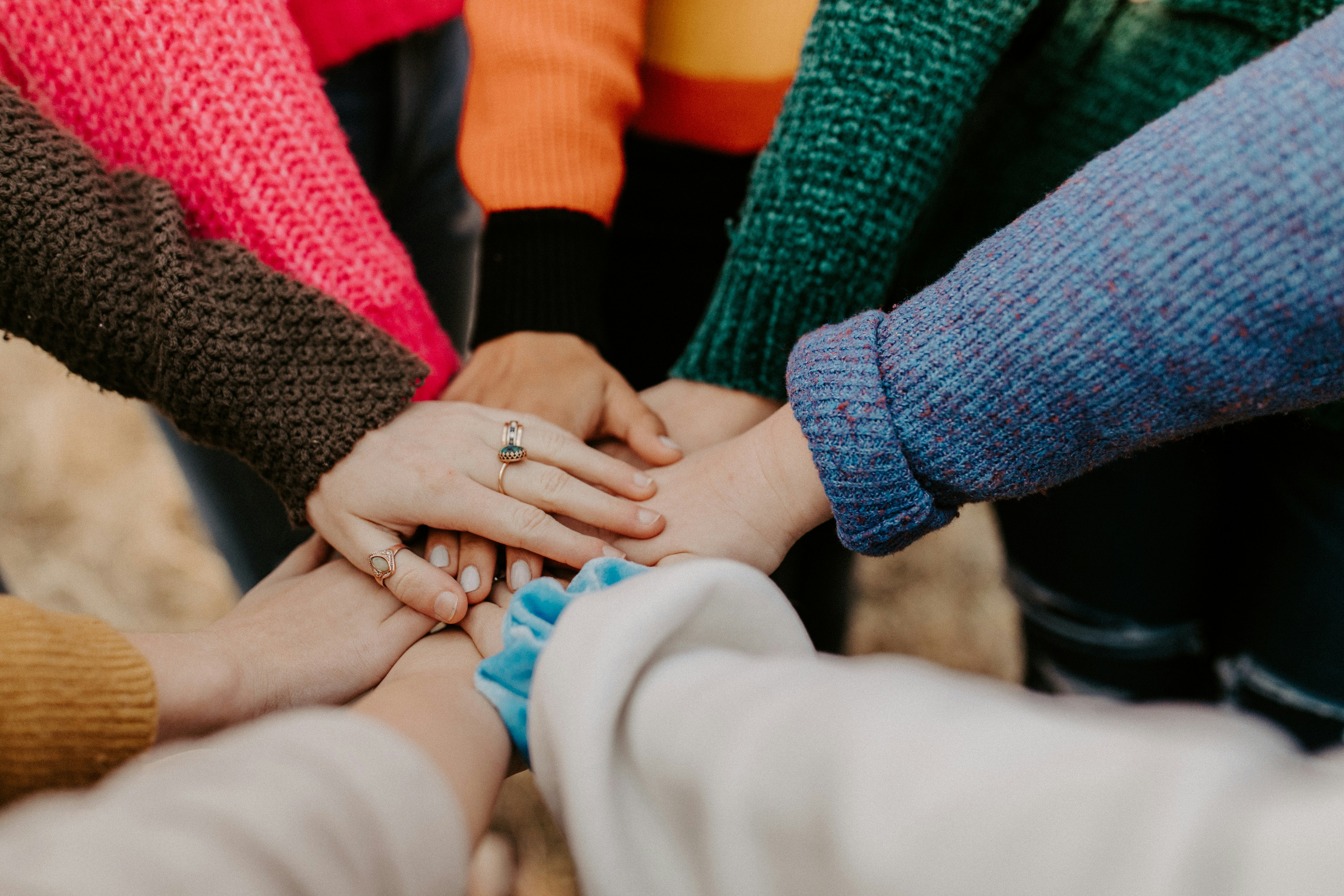
Collaboration And Support Empower Collective Growth
People who gather around common goals often ignite creativity and build lasting connections. Every successful group relies on individuals who actively participate, offer encouragement, and work side by side. When team members show up, listen, and contribute their time or skills, they create an environment where relationships deepen and new solutions emerge. Learning how collaboration works and understanding the growth of support systems can reveal practical ways to strengthen any group, whether it’s a close circle of friends, a professional network, or an entire neighborhood. By focusing on these building blocks, anyone can help their community reach new heights.
Advertisement
Principles of Effective Collaboration
- Open communication: Create spaces where people speak honestly, ask questions, and trust one another. Clear channels—like weekly check-ins or chat threads—keep projects on track.
- Defined roles: When everyone knows their responsibilities, they move faster and own their work. Map out tasks that match each person’s talents.
- Shared vision: Bring stakeholders together to sketch a common goal. Aligning values and expectations from day one guides every discussion.
- Regular feedback loops: Build brief reviews into the flow of work. Quick check-ins prevent minor hiccups from growing into setbacks.
These core elements ensure teams stay agile and committed. By crafting a culture around clear expectations and ongoing dialogue, groups minimize confusion and boost morale.
Building Strong Support Networks
- Mentorship pairs: Match experienced contributors with newcomers. One-on-one guidance accelerates learning and forms personal bonds.
- Peer circles: Form small groups that meet monthly to share wins and tackle roadblocks together. These circles spark new ideas and moral support.
- Resource hubs: Collect articles, templates, and toolkits accessible to all members. A well-organized knowledge base reduces redundant work and sparks innovation.
- Open forums: Host informal meetups—virtual or in person—where people brainstorm and exchange feedback. Casual interaction often leads to big breakthroughs.
By weaving these support strands into daily operations, communities build resilience. Whether someone faces burnout or seeks creative input, a ready network fuels confidence and new solutions.
Strategies for Fostering Collective Growth
Real progress depends on setting clear milestones and celebrating each step forward. Start by charting progress with timelines and assigning measurable targets. When a team sees tangible results—say, completing a prototype or hosting a successful workshop—they gain new energy to tackle the next challenge.
Next, include learning opportunities. Offer brief skill-sharing sessions led by members who excel in areas like data analysis or public speaking. By rotating facilitators, you give each person a chance to showcase their strengths and keep topics engaging. Schedule these workshops during lunches or coffee breaks so they feel like a treat, not a chore.
Invite outside voices to provide fresh perspectives. A guest speaker from *MIT Media Lab* or a local non-profit leader can inspire new approaches and highlight overlooked details. Encourage attendees to bring questions and suggest follow-up experiments in their own projects.
Real-World Applications
A city-level recycling initiative in Copenhagen involved neighborhood champions to host block parties about sorting waste. Community leaders set up challenge boards tracking each street’s progress. Friendly competition turned a dull topic into a community rally, reducing landfill waste by 15% within six months.
In Seattle, a co-working space called Room to Grow launched “Skill Swaps,” where graphic designers taught marketing basics to café owners, while baristas shared customer engagement tactics with start-ups. The program increased revenues for both groups and forged lasting partnerships. These local examples demonstrate that when diverse skill sets intertwine, everyone benefits.
Overcoming Challenges and Finding Solutions
Time constraints often hinder collaborative efforts. To address this, carve out dedicated slots in calendars so tasks don’t compete with daily duties. Treat these slots as non-negotiable appointments; the team that blocks two hours weekly on collective goals moves three times faster.
Another common problem occurs when ideas clash. Instead of shutting down conflicting opinions, turn them into brainstorming prompts. Set up “idea jams” where participants build off each other’s thoughts. Guiding questions like “How might we adapt this concept for our audience?” direct debate toward constructive outcomes.
Sometimes, people hesitate to ask for help. Leaders can set an example by sharing their own struggles and requesting input. When influential figures admit they don’t have all the answers, it invites others to step up and offer expertise. This approach encourages more teamwork and collaborative problem-solving in the future.
Clear steps and active participation make collaboration a daily habit. Use communication, support, and checkpoints to build momentum and create lasting change.
Advertisement